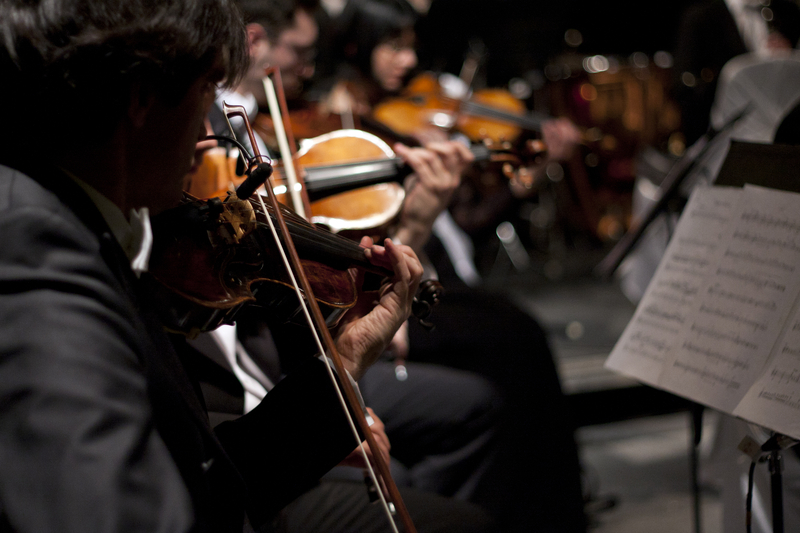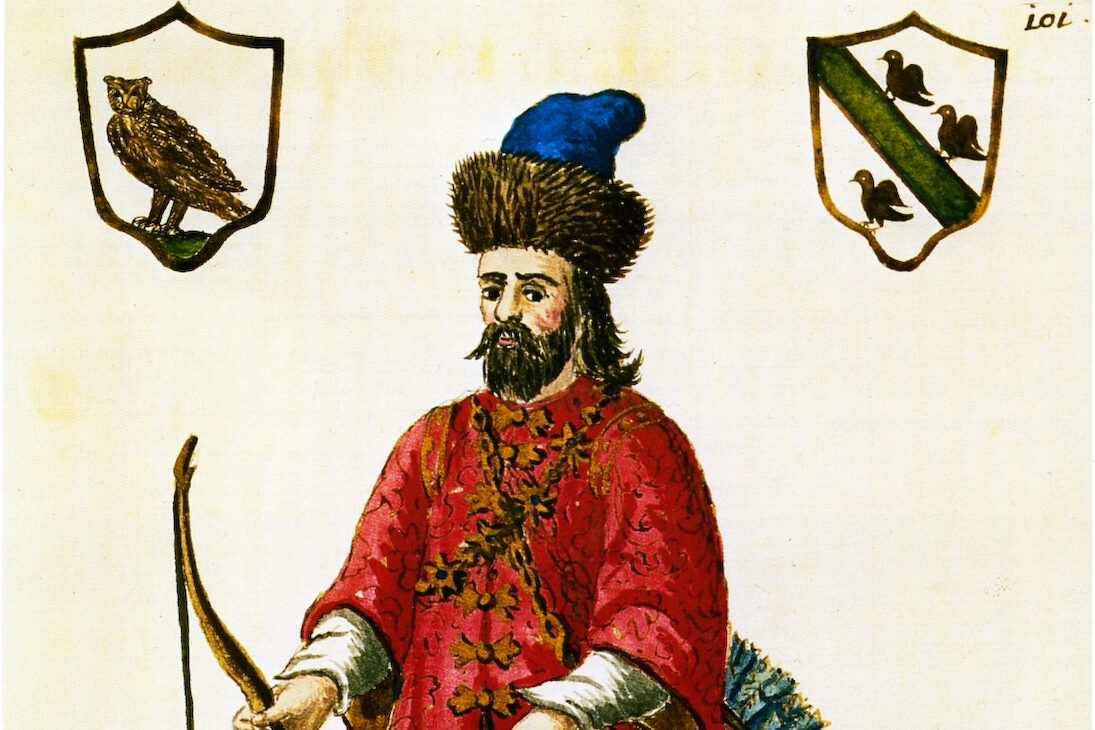A symphony orchestra is composed of dozens of elements playing a wide variety of instruments: violins, violas, cellos, double basses, harps, flutes, horns, clarinets, percussion, trumpets, oboes, bassoons, and piccolos. Unlike opera, which involves staging a true spectacle with singers, sets, and choreography, symphony orchestra productions exclusively focus on the performance of symphonies and repertoire pieces, sometimes with the presence of a choir.
When we enter a theater, ready to listen to the harmonious way all these instruments blend together, we should do so on tiptoes, with respect. Behind every aria, melody, or intermezzo, there is tremendous work. Years of study and sacrifice, but also a burning passion for the noble and centuries-old art of music and its many composers and performers. But how many of us truly know what lies behind scores and sheet music? Where does the piece begin and the interpretation start? How much does the conductor influence the performance and how faithful or innovative is an execution compared to the original? We don’t want to start a competition among connoisseurs. Rather, we want to highlight the lack of education we’ve been all suffering from, since the moment it was decided that instrumental music is somehow an elitist choice.
Just like theater and opera, orchestra music lost its public, shared, and social connotation — the same connotation our modern concerts have — and turned into a trendy event of sorts. But this is also an invitation to reclaim as ours a precious heritage, which now has exceptional interpreters: let’s get reacquainted with music and allow ourselves to be amazed by its power.
In the age of streaming, can we tell the instruments of an orchestra apart? Are we familiar with the “American” seating arrangement preferred by conductors, or the “German” one favored for historical performances? Can we even differentiate a philharmonic orchestra from a symphonic orchestra? The first term often indicates an associative structure among the members of the orchestra, as in the case of the Orchestra Filarmonica della Scala, formed by the musicians of the Orchestra of Teatro alla Scala. Established on January 25, 1982, it was founded by Claudio Abbado with the musicians of La Scala, following the model of the Vienna Philharmonic, to develop the symphonic repertoire within the context of the operatic tradition of the Milanese theater. The statute remarks that only the orchestra professors employed by Teatro alla Scala can be members. On the other hand, “symphonic” indicates a large-sized orchestra that can include instruments from all families, and whose members are usually selected through auditions. Today, it typically consists of more than forty musicians and sometimes exceeds one hundred.
The golden age of the orchestra has long passed. This type of instrumental ensemble became common in the second half of the seventeenth century. As an institution, it originated in the seventeenth and eighteenth centuries in Europe before spreading to the rest of the world. The major leap occurred after the Baroque era when the traditional distinction between melodic instruments (violin, flute, oboe) and harmonic or supportive instruments (harpsichord, organ, lute), which could play multiple notes together, was overcome. These instruments created chords that filled the space between the lower sounds (played by the double basses, cellos, and bassoons) and the higher ones. Starting from the mid-18th century, the orchestra was organized in its definitive form: the fixed group of strings was joined by wind instruments, then trumpets and timpani were added. This was the era of Franz Joseph Haydn, Wolfgang Amadeus Mozart, and Ludwig van Beethoven, who increased the number of wind instruments (three horns in the Third Symphony, four horns in the Ninth Symphony), introduced new ones (piccolo, contrabassoon, three trombones in the Fifth Symphony), and reinforced the percussion section (Ninth Symphony).
Among the composers who later experimented with new instruments in the orchestra and distinguished themselves in the conception of new timbral effects Hector Berlioz (who wrote a famous treatise on orchestration and how to make the best use of the timbre and color of instruments), Richard Wagner, Gustav Mahler, and Richard Strauss are worth mentioning. Wagner is credited with the use of the “mystic gulf” — the orchestra pit — where conductors take their place to improve acoustics and ensure the visibility of the stage to the audience. It was then that, due to the increasing complexity of orchestral writing and the greater number of instruments used, the role of the conductor emerged, with the task of coordinating the musicians and interpreting the piece. In the past, this task was often entrusted solely to the concertmaster.
In an orchestra, the number of musicians must exceed ten, and above all, each of the different musical parts mustn’t be assigned to a single instrument: multiple musicians must read the same score and play the same notes in unison.
Is this mere pedantic knowledge? No. Rather, it is where we can begin to reclaim a part of our heritage we often no longer feel as our own. A sincere pity, because listening to an orchestra is a magical, engaging experience, it is like an embrace. It is similar to a contemporary concert but profoundly different at the same time. Witnessing the birth of melodic harmony and gradually understanding the impact of orchestration; the touch of the conductor’s baton; the personality of the leader of each individual section, who in turn have their unique touch. It is all part of an initiatory adventure. Truly, an experience to rediscover.






























